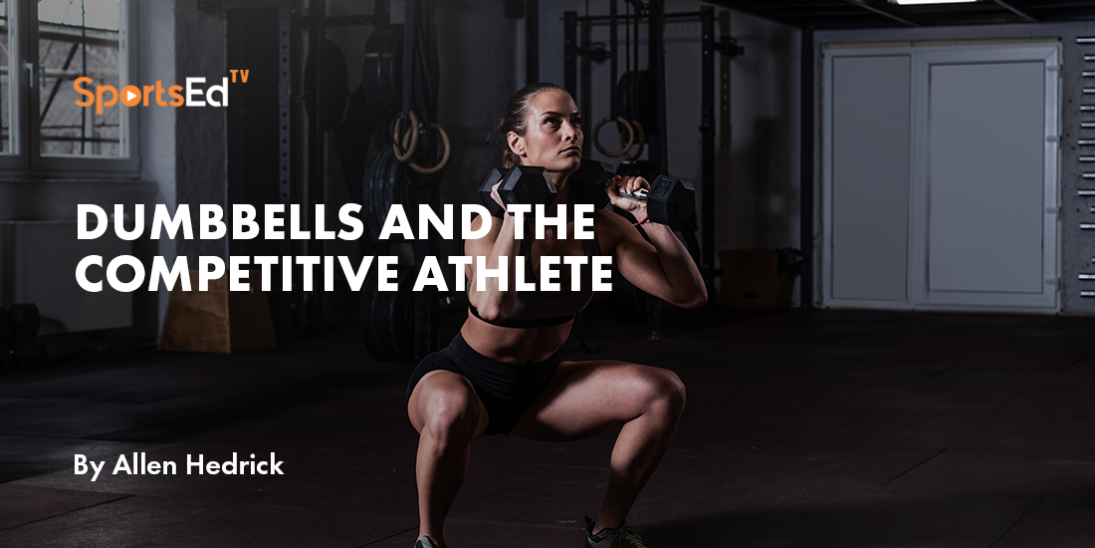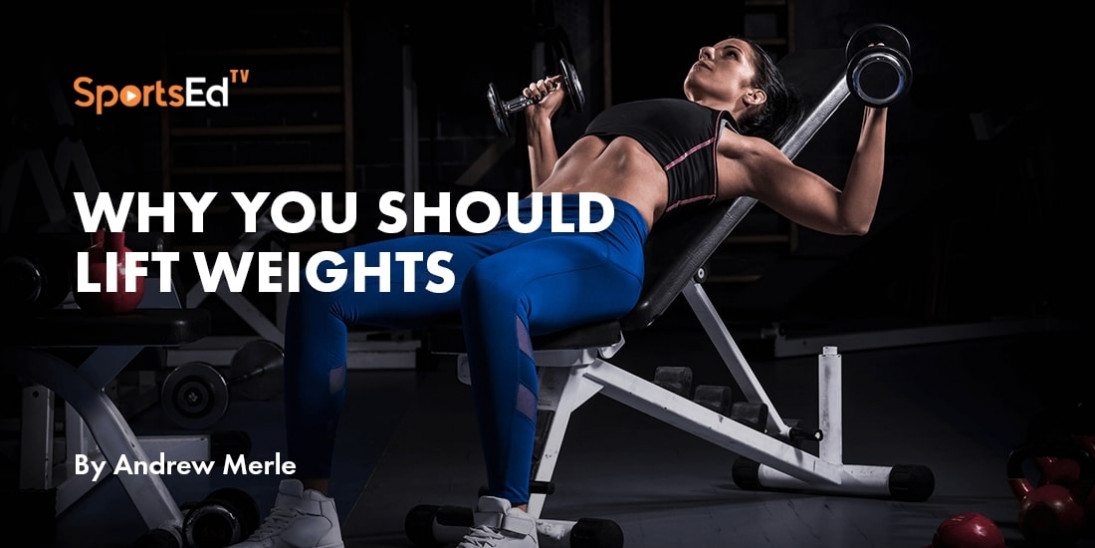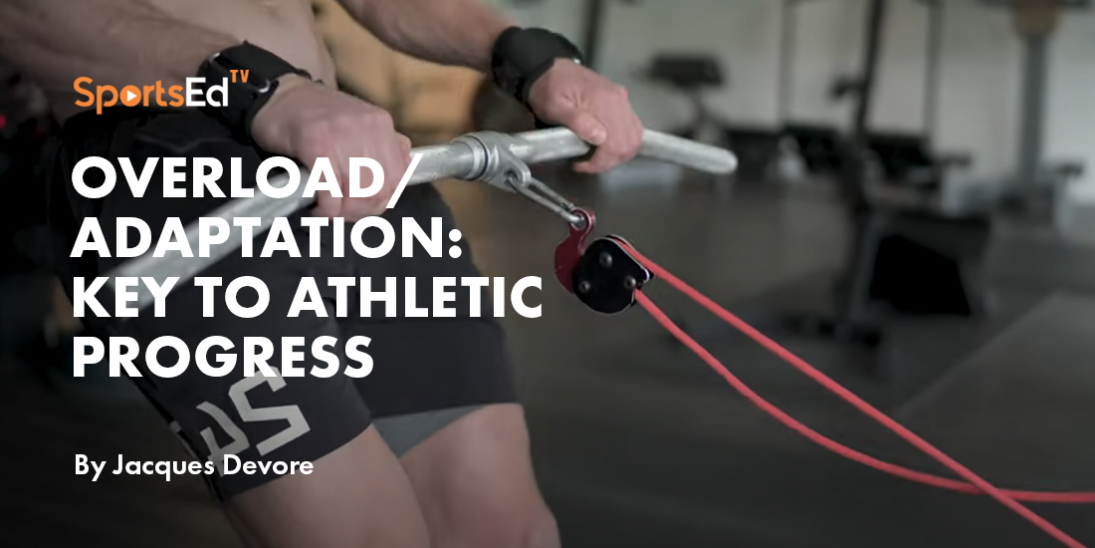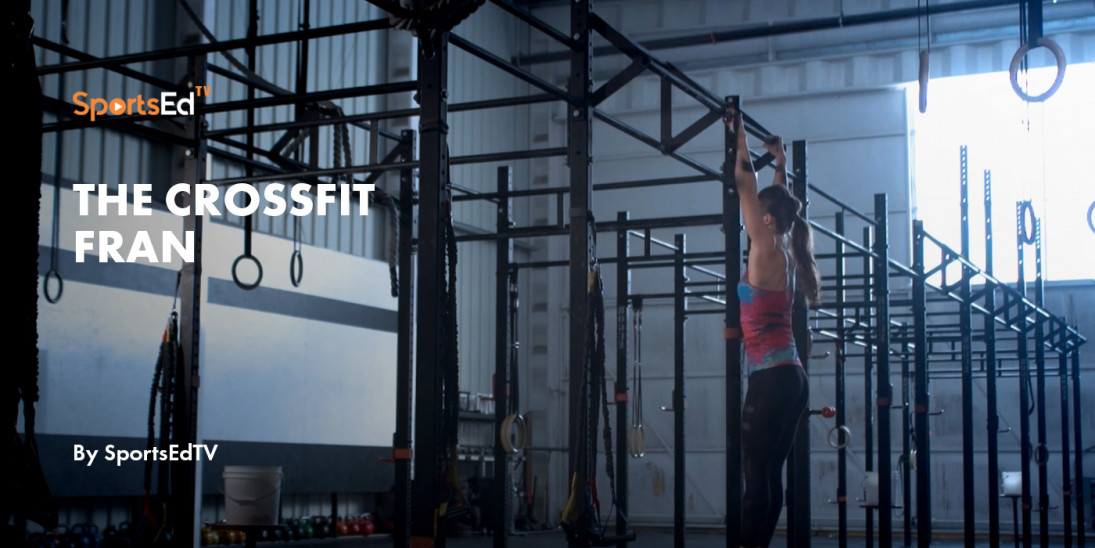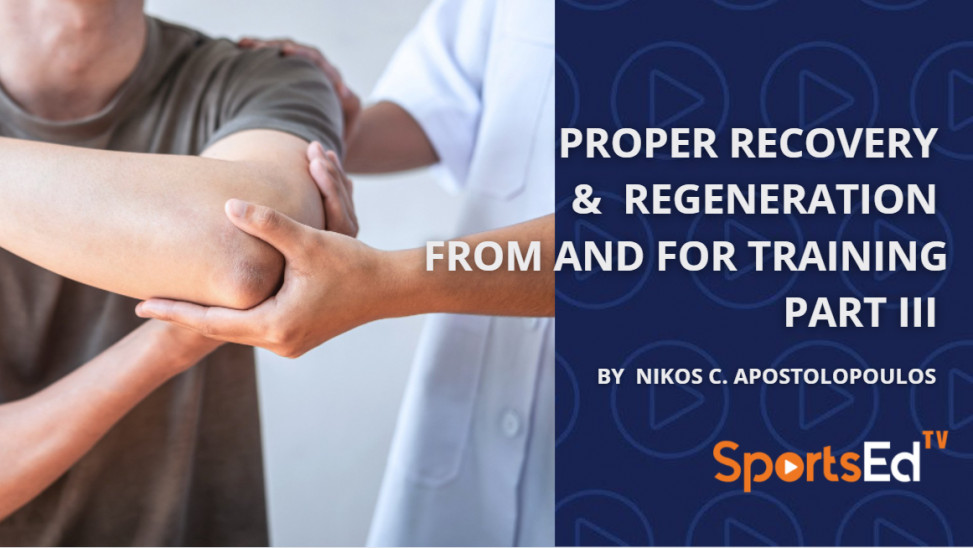Strength And Conditioning, Health, Regeneration
Welcome and thanks for visiting...

Optimizing Injury Rehabilitation: The Missing Link
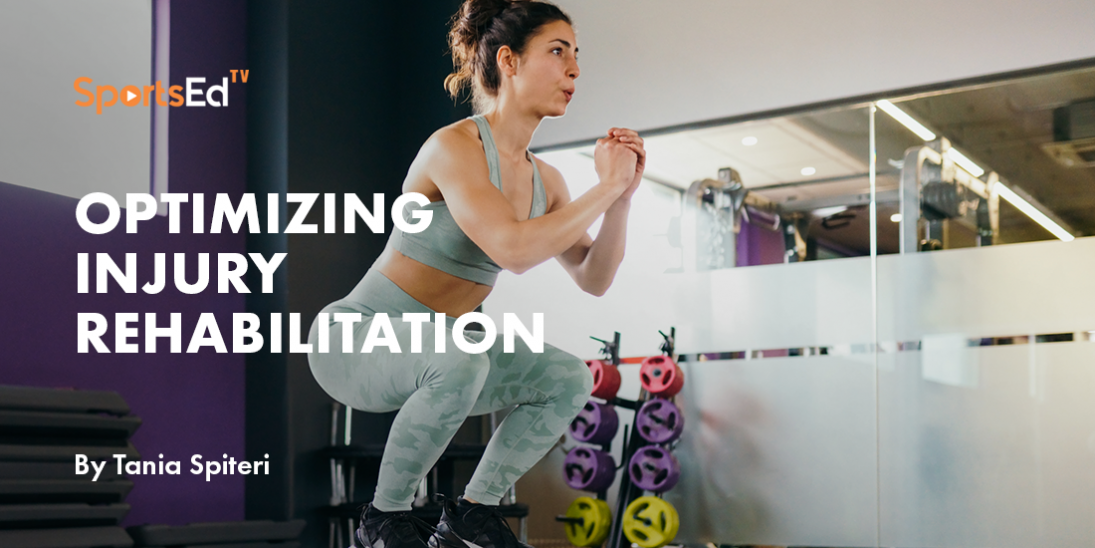
Returning athletes to sport after an injury can be a challenging and complex process to successfully regain deficits in performance outcomes and to avoid re-injury.
In traditional rehabilitation models, the progression and development of competence across specific skills are used to determine an athlete’s readiness to return to competition. These progressions are often focused on the development of physical capacity restoring range of motion, strength, power, and endurance; enhancing stability and mobility, and progressing from simple to more complex movement patterns.
To best evaluate how an athlete will perform when returning to competition, these competences need to be evaluated under conditions that best reflect the competitive sporting environment.
The Role of Perceptual-Cognitive Ability in Rehabilitation
Sport performance is a combination of physical and perceptual-cognitive factors which govern an athlete’s ability to take appropriate actions to meet the demands of their environment. Performance in competition is constrained by the context and conditions in which it takes place (the environment) and, the perceptual-cognitive ability of the athlete to formulate a coordinated movement output.
Specifically, interactions within the sporting environment require the athlete to (1) effectively search for information about the situation, (2) direct their attention to the most relevant information, and (3) coordinate movements to successfully react or anticipate the ever-changing sporting environment. In the context of injury rehabilitation, this indicates that performance deficits after injury may be linked to athletes’ physical capacity and movement competence, as well as their perceptual-cognitive control to adapt movement output within a given situation.
During the rehabilitation setting, it is important to understand that no ideal movement pattern exists in the sporting environment. Instead, functional movement variability is prevalent and recognized as an important mechanism for preventing injury and increasing the adaptability of an athlete to handle complex situations as they emerge in competition.
Rather than pushing an athlete toward an “ideal” movement pattern, it is important to consider the various task and environment constraints that can be manipulated within the rehabilitation environment, allowing athletes to explore and optimize movement solutions. To best facilitate this exploration of movement within the rehabilitation setting, it is important to promote a goal-directed attention strategy.
Following an injury, athletes can often develop self-directed attention, focusing internally on their bodies as a protective mechanism to prevent re-injury. This can become amplified within the rehabilitation environment if athletes are only required to perform or be assessed across specific physical competences and set movement patterns.
Promoting goal-directed attention by encouraging athletes to identify and focus on changing tasks and environmental constraints requires them to engage both the perceptual-cognitive and physical performance factors needed for the competitive sporting environment, ultimately optimizing the rehabilitation process.
What are Task and Environmental constraints?
Task constraints vary across numerous sports due to the aim and rules of the activity. Simply put, they influence the control of movement and the effectiveness of movement outcomes. These constraints include the number of players on the court or field, speed of the movement execution, object manipulation (e.g., dribbling a basketball or holding a tennis racket), and presentation of the stimulus or object that athletes must respond to (e.g., another athlete or ball). Environmental constraints refer to the environment in which the sport is played; specifically, how the type of stimulus, external distractions, and playing surface influence movement output.
In any given situation, an athlete will be faced with a range of stimuli and movement choices that are directly dependent upon how they perceive sensory information from the task they are performing and their environment. Research has shown that stimulus specificity and presentation are crucial, as anticipatory, and perceptual expertise appears to be dependent upon the type of stimulus used. Reacting to a stimulus requires processing based on retrieval of information from stored memory, therefore the greater similarity between the stimulus used within a rehabilitation setting and the actual sporting environment will allow athletes to generate a context-specific movement response.
For example, making an athlete change movement direction in response to another person, as opposed to a generic light stimulus, will allow them to identify and recall relevant kinematic cues from their opponent, producing a moment solution reflective of the sporting environment as there is an inherent link between the stimulus and movement response. Therefore, it is important to ensure that the type of task and environmental constraints introduced within the rehabilitation setting has a degree of similarity between the athlete’s sport and their typical sporting environment.
Linking Perception with Action: The Development of a Practical Framework
During the rehabilitation environment, practitioners should gradually increase the complexity of the physical and perceptual-cognitive load over time and should be representative of the movement, task, and environmental constraints of the athlete’s chosen sport.
At the beginning of the rehabilitation, process practitioners should focus on the development and restoration of physical competencies. For example, developing the strength and movement control needed to decelerate and land softly absorbing force through the torso, hips, knees, and ankles, during a landing drill. Once an athlete obtains competencies to effectively perform this movement in a controlled setting, introducing an additional task requirement to either pass or dribble a basketball upon landing, helps athletes shape goal-directed attention while executing the typical rehabilitation exercise.
To further progress this drill increasing the degree of perceptual-cognitive load, the athlete could perform the same drill requiring them to either pass or dribble a basketball upon landing, but now with an opponent present upon landing who is attempting to block or steal the ball. This progression requires more complex decision-making to successfully identify cues from their opponent and environment as well as maintain an effective landing strategy to meet the demands of the situation.
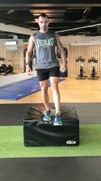
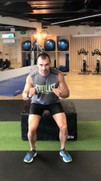
Figure 1. First progress of a standard drop jump landing
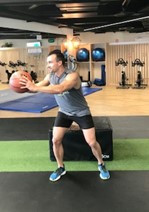
Figure 2. Second progress of a standard drop jump, passing a ball upon landing. Adding a secondary dual-task increases the perceptual-cognitive load on the athlete and encourages goal-directed attention.
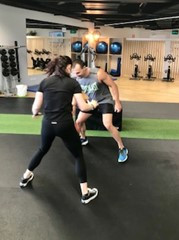

Figure 3. Third progress of a standard drop jump, passing and/or dribbling a ball upon landing with a defender present. Adding an opponent requires more complex decision-making to identify relevant cues whilst also maintaining an effective landing strategy.
The goal of linking perception with action in the rehabilitation setting through the introduction of task and environmental constraints, allows practitioners to gradually increase the physical and perceptual-cognitive load that the athlete is exposed to better replicate the demands of the sporting environment.
Conclusion
Implementing rehabilitation exercises and assessments that incorporate task and/or environmental constraints, replicates the ever-changing dynamic nature of sport, allowing athletes to explore and adapt movement output in response to situations they will typically encounter during competition.
Further, incorporating perception-action coupling, by introducing exercises that develop decision-making and movement execution simultaneously, strengthens the representation between the stimulus and appropriate movement response allows athletes to regain deficits in movement competency following an injury.
Utilizing these strategies during the rehabilitation process will allow practitioners the opportunity to create a unique rehabilitation environment that maximizes the progression of both physical and perceptual-cognitive deficits to facilitate the return to sport process.

